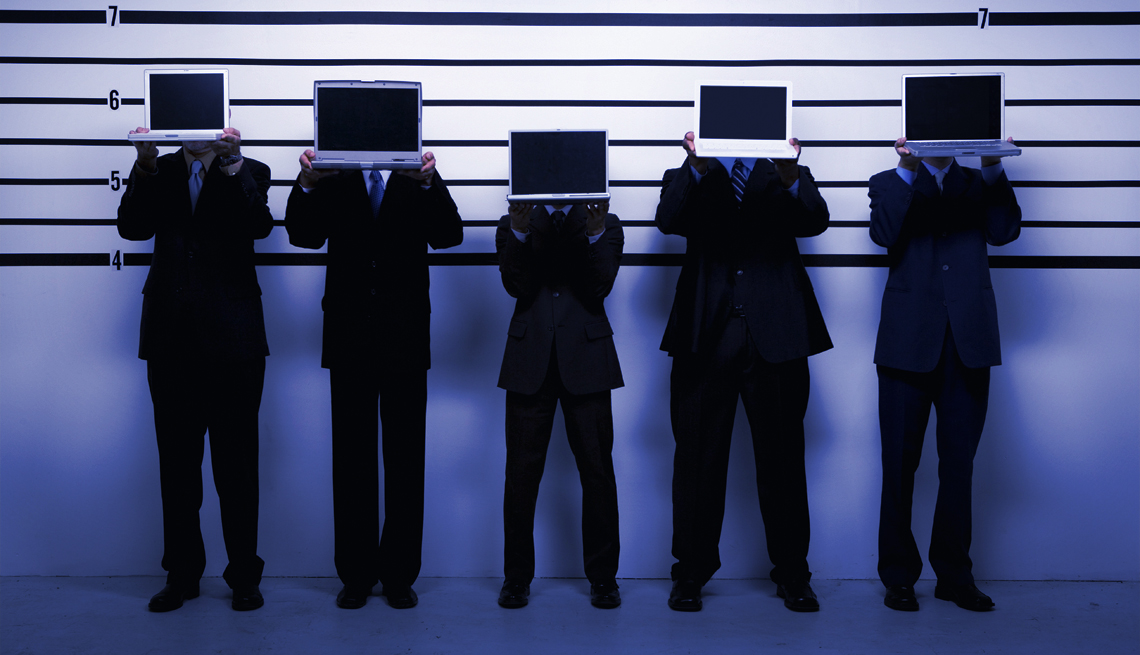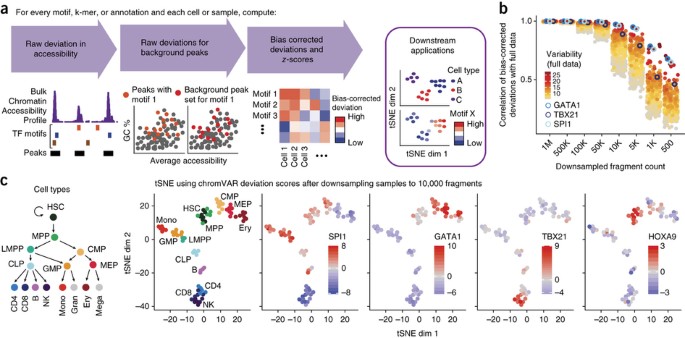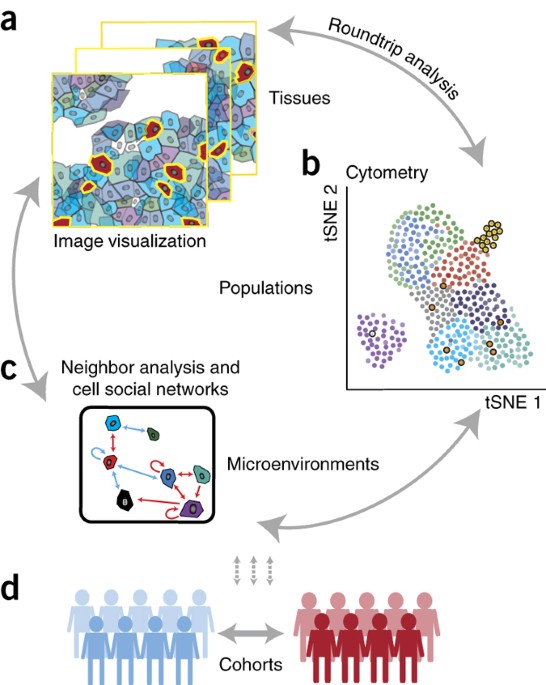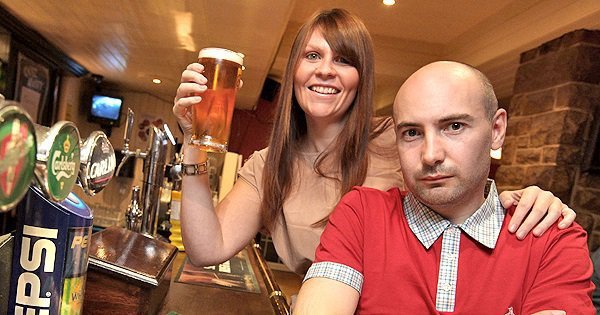
- Select a language for the TTS:
- UK English Female
- UK English Male
- US English Female
- US English Male
- Australian Female
- Australian Male
- Language selected: (auto detect) - EN
Play all audios:
Imposter fraud occurs when a scammer poses as someone they’re not in order to steal your money. Scammers pose as IRS agents, technology support experts, local courthouse officials,
grandchildren in trouble and even interested lovers. In 2016, imposter fraud was the most frequently-reported type of fraud in Washington State, with 9,783 individual complaints filed with
the Federal Trade Commission. This represented nearly a quarter (24%) of all consumer complaints received in the state. The FTC data also shows that imposter fraud is now the second most
frequently reported scam in America, with 406,578 complaints in 2016. This number likely represents only a fraction of the actual number of imposter swindles since fraud is a highly
under-reported crime. A recent Microsoft study estimated that in 2015, nearly 3.3 million US consumers paid $1.5 billion last year to tech support scams, a common type of imposter scam.
AARP Washington conducted a survey of 800 Washington adults to gauge their understanding of tactics scammers use, attitudes about their own safety, and experiences with imposter frauds. Key
findings include the following: * Seventy-seven percent (77%) of respondents get a failing ‘grade’ of 60% or below on an imposter IQ quiz measuring consumer ability to spot imposter tactics.
* Most respondents (79%) report receiving at least one imposter scam email or call within the last 12 months. * Nearly one-in-five (18%) of respondents had experienced identity theft in
the previous 12 months. * Respondents report being most concerned about identity theft (58%), the IRS scam (36%), the phishing scam (25%) and the tech support scam (23%). The AARP 2017
Washington State Imposter Fraud Survey was conducted by Precision Opinion among residents of the state of Washington age 18+. The survey was approximately 20 minutes in length and interviews
were conducted in English by Precision Opinion from March 28, 2017 to April 21, 2017. The sample utilized RDD landline and cell phone records. RDD sample was pulled with virtual Genesys
system from Marketing Systems Group (MSG), and the Enhanced Wireless sample was obtained from Scientific Telephone Samples. For more information contact Karla Pak at [email protected] or
Jennifer Sauer at [email protected].








